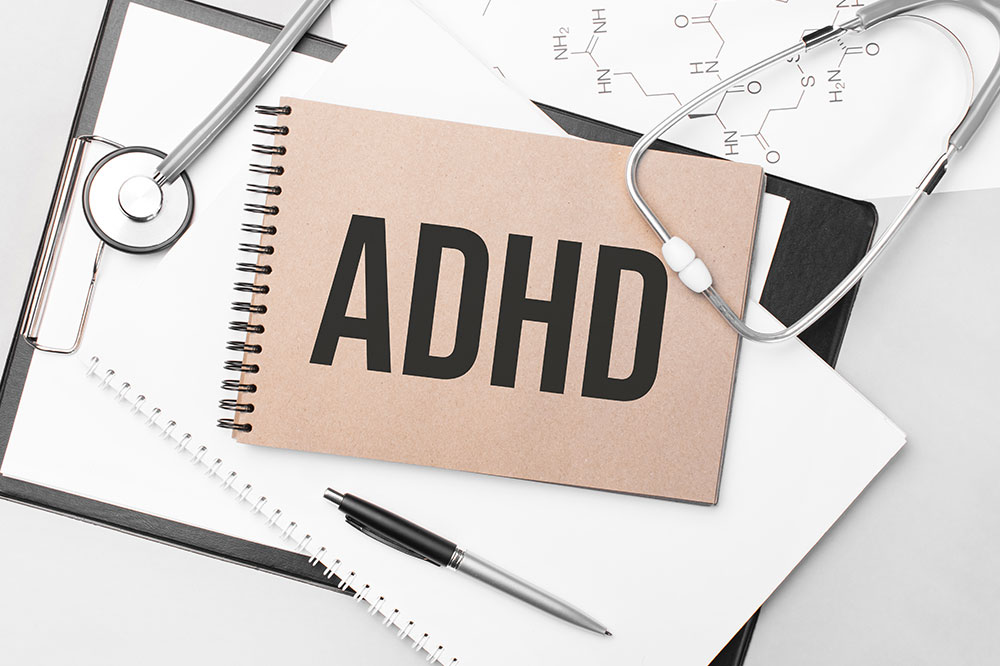Avoid these 6 mistakes when buying life insurance

Buying life insurance is an excellent way of providing financial security to your loved ones after you’re gone. It’s not an exciting purchase but an integral part of ensuring your family has a nest egg to depend upon if something happens unexpectedly. So, before stepping into the market to buy a new life insurance policy, you should be aware of a few common mistakes and how to avoid them:
Waiting to buy insurance
Premiums for life insurance are based on various factors, including age and overall health. For example, if you would like to secure a policy at the lowest cost, it’s ideal to make your purchase while you are still young, as rates may increase as you age or if your health deteriorates.
Buying the cheapest policy
Knowing what you get in return is essential when looking for affordable policies. Two types of life insurance policies are available – term life and permanent life insurance. While the former is cheaper, it only covers you for a period (generally 10-30 years), whereas the latter can cover you until death. So before deciding, compare and contrast different policies to find the best coverage.
Allowing premiums to lapse
Making late payments on your insurance coverage can impact your benefits. This is especially true for permanent insurance, called universal life insurance, which offers long-term guaranteed protection at the lowest possible rate. So check these caveats and implications when purchasing, and set up an auto-pay mechanism to ensure you never miss a payment date.
Borrowing from your policy
Some permanent life insurance policies allow you to borrow from them when you need money. These withdrawals may be used in any way you like, including for loans. However, it is essential to be careful when withdrawing money, as taking too much may cause your policy to lapse or significantly reduce the benefits for your beneficiaries.
Relying too much on employer-provided coverage
Companies generally make use of group life insurance policies for their workers. Here, the payouts may be considered low for your beneficiaries, and they will be unable to cover their financial needs. Additionally, these benefits cannot be carried forward; the coverage does not apply to you once you leave the company. Instead of solely relying on your employer, fortify your insurance portfolio with your insurance policy.
Hiding information from the insurance company
If you hide any information from your insurance company, they may deny coverage. When you apply for life insurance, you will be asked for details regarding your health and lifestyle to identify your risk level. This data is verified against your medical records, motor vehicle reports, and other third-party sources. If a claim is related to the information you did not disclose, your insurer may not pay or settle the claim.
Buying a life insurance policy is a complicated affair. Working with a financial planner to discuss how it fits into your portfolio before investing may be ideal. In addition to this, remember to shop around and speak to your friends and family for recommendations to get the best policy rates.






